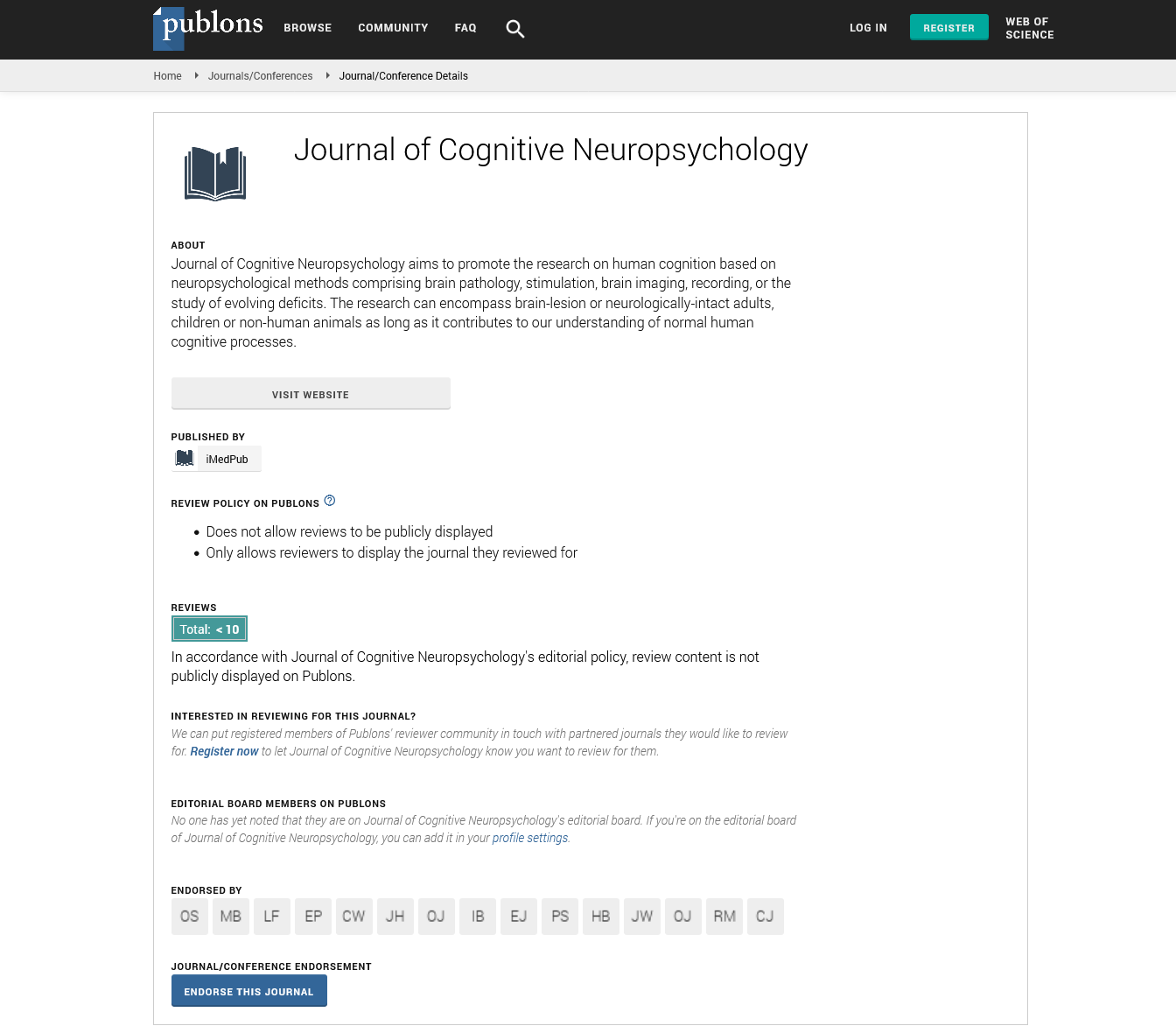A Study of Keyboard Instrument Performance Tasks and Evaluation by sEMG and MIDI Velocity for Hand Rehabilitation of Stroke Patients
World Congress on Neurorehabilitation
July 05-06 2021 | Webinar
Maki Nanahara, Toshie Matsui
Toyohashi University of Technology, 1-1 Hibarigaoka Tempakucho Toyohashi 441-8580, Japan
ScientificTracks Abstracts: J Cog Neu
Abstract
The number of stroke patients in Japan is about 300,000 per year, with 85% having paralysis and 25% having physical paralysis. If paralysis of the fingers remains, it causes a decrease in activities of daily life and an obstacle when returning to work. The rehabilitation of the fingers becomes an issue. In this study, 3 stroke patients and 7 healthy adults’ control group were the subjects. The purpose was recovery of hand dexterity, and performance training of keyboard instruments was performed on the paralyzed fingers (patient group) or non-dominant hand (control group). The training effect was evaluated by surface electromyography (sEMG) during performance and MIDI data of performance. sEMG was measured on FPLM and FDSM, and normalized with maximum muscle strength (%MVC). As MIDI data, we used velocity corresponding to the strength of the performance. As a result of testing with 2-way ANOVA before and after training and due to the strength of performance, the %MVC of the patient group did not change significantly both before and after training and in strength and weakness for both FPLM and FDSM. There was no significant difference in %MVC in the control group before and after training for both FPLM and FDSM, but there was a significant difference between the levels of strength and weakness. On the other hand, velocity was not significantly different before and after training in the patient group, but there was a significant difference between strength and weakness (p <.01). In the control group, there was a significant difference between strength and weakness (p <.001), and there was a significant tendency before and after training (p = .08). In addition, there was an interaction between before and after training and between the strength and weakness conditions (p <.05). By using velocity, it can be expected to capture changes in motion that cannot be observed with sEMG. In the future, we will also observe the difference in velocity for each finger
Google Scholar citation report
Citations : 8
Journal of Cognitive Neuropsychology received 8 citations as per Google Scholar report
Journal of Cognitive Neuropsychology peer review process verified at publons
Abstracted/Indexed in
- Google Scholar
- Publons
- MIAR
Open Access Journals
- Aquaculture & Veterinary Science
- Chemistry & Chemical Sciences
- Clinical Sciences
- Engineering
- General Science
- Genetics & Molecular Biology
- Health Care & Nursing
- Immunology & Microbiology
- Materials Science
- Mathematics & Physics
- Medical Sciences
- Neurology & Psychiatry
- Oncology & Cancer Science
- Pharmaceutical Sciences
